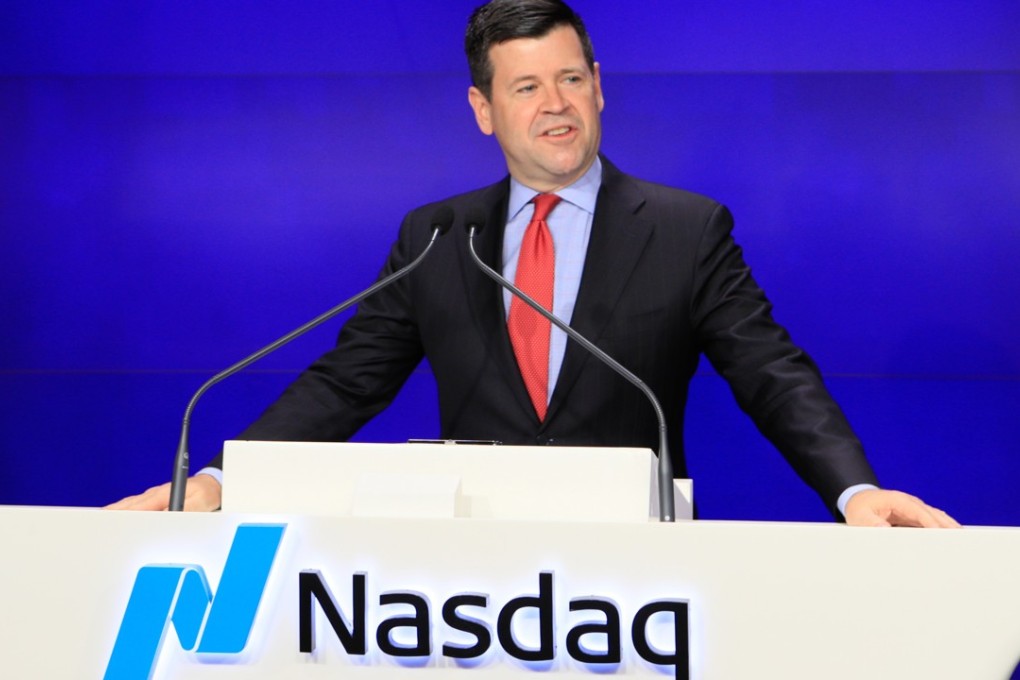Chinese IPOs in US expected to soar in 2018 despite Beijing regulatory pressure
Data centres, streaming businesses, education and life science among sectors boosting early 2018 pipeline

More Chinese companies are expected to go public in the US in 2018, despite a recent lull in the online lending sector amid regulatory pressure from Beijing.
“We foresee the number of China listings to be materially higher in 2018, with a 25 to 30 per cent jump from 2017,” Bob McCooey, senior vice-president of Nasdaq’s Listing Services unit, told the South China Morning Post.
The expected surge in Chinese initial public offerings in the US picks up from last year, when the number doubled from 2016.
Seventeen Chinese companies held IPOs on Nasdaq in 2017, up from seven in 2016, according to data provided by the US exchange. Thirteen are on file to be listed.
In total, about 110 companies are listed on Nasdaq from China, including e-commerce giant Alibaba Group Holdings Limited and online shopping centre JD.com Inc.
Alibaba owns the South China Morning Post.